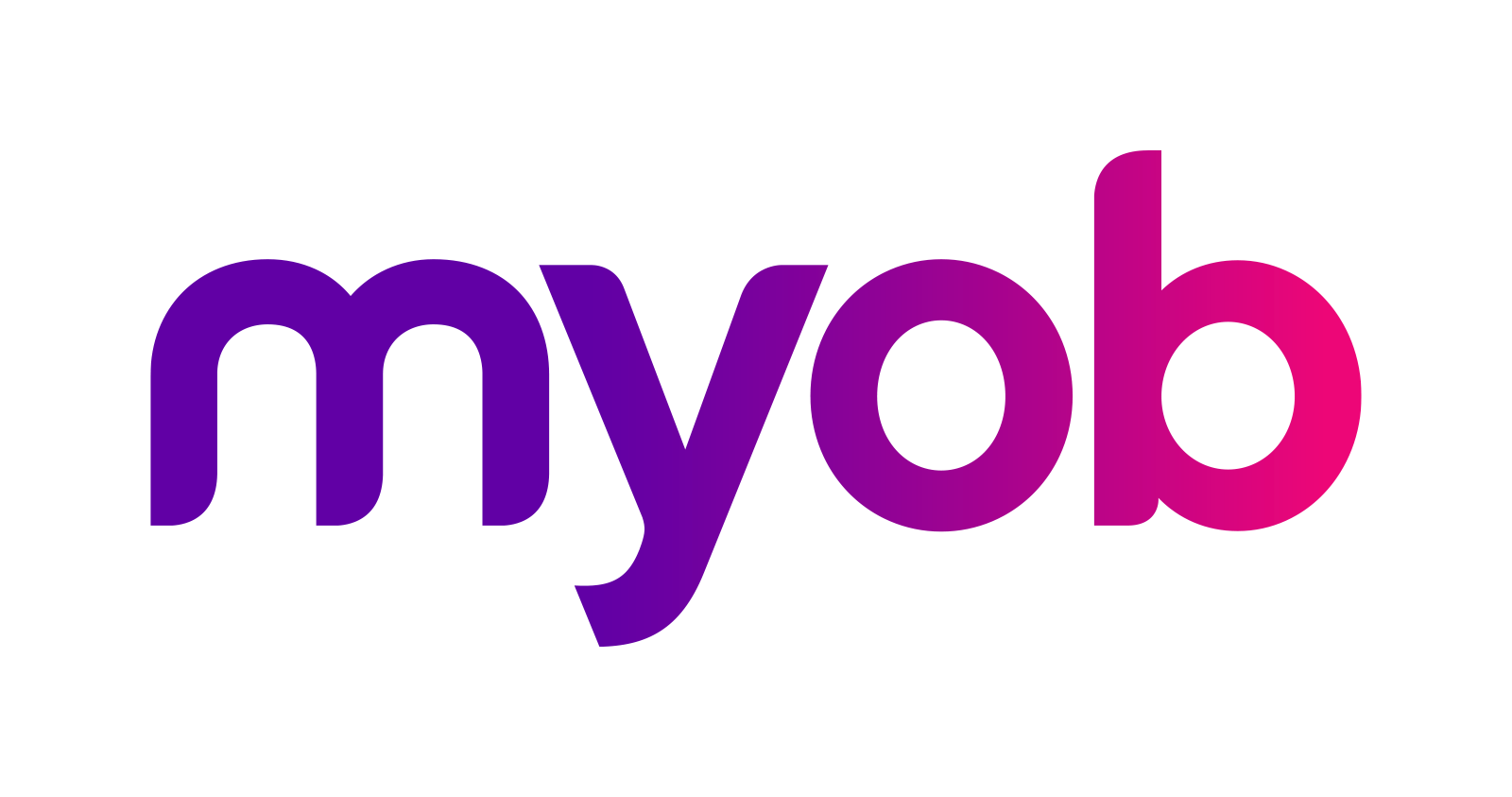The accounting profession is undergoing rapid change, driven by technology and the shift towards hybrid working models brought on by the pandemic. Automation, big data, machine learning and artificial intelligence are all influencing the direction of accounting into the future.
With so much change in the air, these two key questions often arise: How do we manage change? How can we bring our staff along for the ride?
Tina Chawner is a change-management and communications expert whose consultancy, Yellow Hat Consulting, has worked with many organisations, including the Australian Taxation Office (ATO). She says ‘co-design’, which involves bringing all stakeholders together, is a critical element of change management.
“If you don’t have everyone in the same room dreaming up what the future looks like, then you won’t get the outcome you desire,” Chawner says.
One project she worked on with the ATO brought tax agents, software developers and staff together to create a sense of urgency, build a guiding coalition and develop a strategic vision.
Chawner says this process is designed to answer key questions about the change-management problem that needs to be solved. These questions include identifying the problem, defining the vision and why the organisation exists, and understanding why change is needed and what external situations are forcing change.
“You need to get everyone on board, because if you do, it becomes more powerful,” she says. “But one of the key elements associated with change is the communications and messaging around the change that is being sought.”
ADKAR and change communications
ADKAR is a leading change-management model developed by consulting firm Prosci several decades ago. It’s an acronym for the five essential ingredients of managing change successfully: awareness, desire, knowledge, ability and reinforcement.
Jaleen Caples, a change-management expert with a background in organisational development, says the ADKAR model is a solid grounding for change management within organisations. The reason more than 80 per cent of change programs fail, she says, is because companies look for a one-size-fits-all solution when many variables are at play.
“Essentially, the reason for change needs to be understood and well-communicated,” she says. “The ‘why’ is more important than the ‘what’ and ‘how’.”
Change, says Caples, isn’t a linear process. It may be two steps forward and one step back. “Failing to address challenges through review and feedback can risk derailing the entire change process,” she says.
That’s why change communications are critical to bringing the entire organisation along for the ride.
According to Dee Lotrian, a change-management and communications consultant who has worked with software giant SAP as well as research firms such as the CSIRO, says communicating change is often overlooked by business leaders. They tend to focus on the project management aspect and only think about bringing employees into the fold when changes are about to take place.
“This approach is problematic and can contribute to low employee morale, as people naturally tend to resist change,” Lotrian says. “To avoid this, it’s important to have a communications plan in place before you commence any changes, then bring all the stakeholders along with you on the journey if you want to achieve buy-in.”
Leadership and change management
Lotrian says there are several vital aspects a business leader needs to consider when designing and implementing a change communications program. The first is to define the audience and tailor messaging before the change program begins.
The next step is to communicate the rationale for the change and the vision for the future clearly. In other words, communicate why change is necessary and what it will lead to.
Good change communications also require you to provide regular updates throughout each phase, says Lotrian, and to be transparent if you encounter delays or issues with the change program.
The final two steps include regularly promoting the desired outcome and the project’s benefits along with highlighting its successes in transforming the business. Also create mechanisms for employees and other stakeholders to provide feedback and ask questions, Lotrian says. “You could use open forums, town hall meetings, dedicated mailboxes or corporate social media channels,” she says.
With change management, defining the ‘why’ is the most important aspect of any program. Leaders in accounting firms, notes Caples, need to understand the different strengths and weaknesses of the organisation and test underlying assumptions.
“Listening to a range of perspectives and stakeholders is critical,” she says. “As is connecting with people managers and not just the executive team.”
Do you need to take a look at your business with fresh eyes? Our specialist team at MYOB are here to help. Click here for further information and business resources.
 Login
Login








You are not authorised to post comments.
Comments will undergo moderation before they get published.